#bebbi... it's your birthday but honestly i am the one who got a present with you.
Text

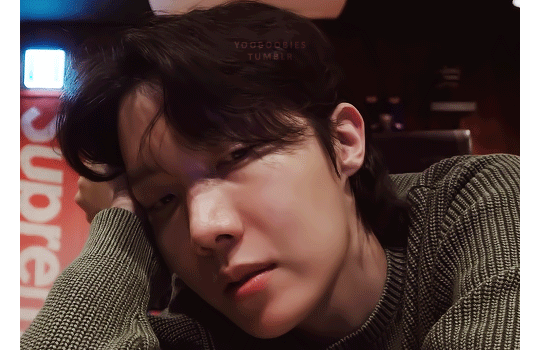

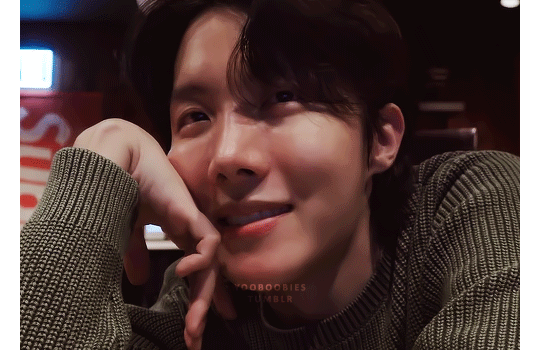

angel sunshine for an angel sunshine | for @huhfeatjhope
#bts#btsgif#dailybts#rékagif#hoseok#jung hoseok#bts hoseok#jhope#btsjhope#usersky#bebbi... it's your birthday but honestly i am the one who got a present with you.#a lot has happened lately but u stayed in my life even tho i would have understood if you'd have decided to leave#i don't know what i did to deserve this but i am so thankful#thank you for not giving up on me#you are a blessing for many people in their life#you are the best person i've ever known and what you mean to me cannot be expressed by words#i love you and i wish you nothing but all the happiness and sunshine and warmth and love in this world#happy that even tho we are both terrible at texting back we still keep in touch and i can call you a dear friend#happy happy happy birthday darling! may you always stay the sunshine that you are!
758 notes
·
View notes
Text
Disturbing Children’s Books
In her speech “Dare to Be Creative,” author Madeleine L’Engle starts off by referencing a question originally presented by TS Eliot: “Do I dare disturb the universe?” L’Engle admits that is a daunting and difficult question—do we dare disturb the universe? And how do we do that? She says: “I believe that good questions are more important than answers, and the best children’s books ask questions, and make the reader ask questions. And every new question is going to disturb someone’s universe.”
Children’s books, she says. Not grown up books. Not classic literature. Not self-help books or deep commentaries. Not ancient texts or old legends or myths or any other type of reading material. Children’s books. Something we (myself included) might be prone to dismiss.
I am currently working on my Master’s in English, and this summer, decided to take an online summer course. I chose “Picture Book” class because I thought, “How could a class focused solely on picture books be that hard?” (The answer, I discovered, is that it can be that hard when you cram an entire semester’s worth of work into a five-week express course. I made it, but I didn’t sleep much during the month of June.) Despite my lack of sleep and insane amount of coffee consumption during that time, the class changed my life. I could write an incredibly long and never-ending post about all I learned from that class or the valuable materials we received (which I might do at some point or another), but that’s not why I originally started this post. Today, I want to share some disturbing children’s books. But disturbing in a good way.
Since there are countless “disturbing” children’s books, I decided to just share four good ones I’ve recently read. I also decided to narrow it down to a “theme” for this post: these books are all focused on female empowerment. But just because I say, “female empowerment,” do NOT think these books are just for girls. These books are for everyone. These books will interrupt the mainstream narrative and say, “Hang on, let’s think about this.” These books that will make you ask questions. These books might tell you something you needed to hear—they might even make you say, “Wow I never thought about that.” These books will open your eyes, challenge your thinking, and speak to your soul. I’ve attached Amazon links to them all in case you think “Wow I need these in my life!” (Because I promise you, you will.) These books will certainly disturb your universe, if you allow them. Let the disruption begin.
1) MY Rules for Being a Pretty Princess written and illustrated by Heath McKenzie

The protagonist in this book is an unnamed little girl who “more than anything else in the whole wide world,” wants to be a pretty princess. Her wish comes true when a real princess arrives and tells her the rules of being a princess: wear a pretty dress, always have perfect hair and makeup, attend dainty tea parties, dance gracefully, and finally, wait (literally, just stand there and wait) for a handsome prince.
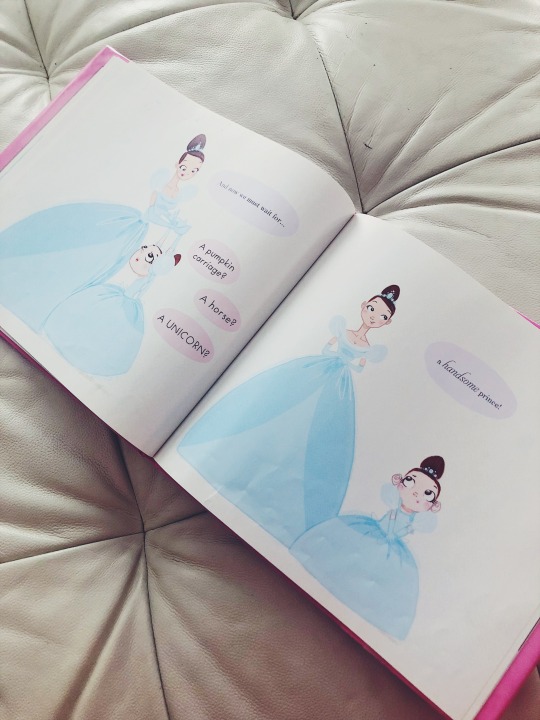

Our sweet little protagonist is quickly bored and uninterested in the rules of being a princess, so she makes her own. She decides that to be a princess, you simply have to be yourself. You wear FABULOUS (instead of uncomfortable) dresses. You have AMAZING (instead of “always perfect”) hair and makeup. You attend DELICIOUS instead of dainty parties. You simply dance, instead of always having to dance gracefully. And (my personal favorite part of the whole book) she scraps the rule about waiting on a prince entirely, and in a beautiful closing illustration, dresses up like a knight and becomes her own hero.

This book is a simple one only in the sense that it doesn’t have a lot of words. It’s more of a “comic-strip” style with pictures and speech bubbles. There isn’t a complicated plot or storyline, but despite being minimal in nature, this book is still radically “disturbing.” Even though I saw the name on the front cover, I didn’t think twice when I assumed a woman wrote the book for other young girls. When I finished the book and flipped to the blurb about the author on the back, I was surprised to see the photograph of male author Heath McKenzie, and even more pleased to read the explanation of why he created this book: “Before Ava [Heath’s daughter] was born and before he knew she’d be a little girl, Heath began wondering about what might happen if he had a daughter,” the blurb says. “He wanted to make sure she knew she could be anything she wanted to be when she grew up! Because she can!”
You could say that Heath wanted to “disturb the universe” on behalf of his little girl, and this book certainly does that. He wanted to tell his little girl something that ALL little girls (and honestly, all people) need to hear: “No matter what anyone says, YOU can be whatever you want.” And while there isn’t a complicated plot line in this story, the closing illustration subtly sends the message: “You don’t need saving and you don’t have to wait around for someone to come and get you—you can be your own hero.”
2) Dinosaur Expert written by Magaret McNamara and illustrated G. Brian Karas

This book is about Kimmy, a young girl who loves science, especially dinosaurs. She is excited to share all of her knowledge on a field trip to the dinosaur museum, but one of her classmates named Jake says, “Girls aren’t scientist.”

Kimmy sees all “boy names” in the list of accomplished paleontologists and gets discouraged. Maybe, she thinks, Jake is right—she shouldn’t talk anymore about dinosaurs because, after all, she is a girl. But when her teacher, Mr. Tiffin, shows her all the work done by female paleontologists, Kimmy realizes that Jake is all wrong: girls can be contributing scientists too.
While this book has a lot more words (there’s some big science words that even I struggled with), it teaches the same thing that Heath McKenzie wanted to show in his book: you can be anything. I love that they picked a “male dominated field” like paleontology to demonstrate this, but I think there’s also an extra layer in the use of dinosaurs. Dinosaurs are usually a “boy thing”—boys get to play with dino toys, boys get to watch Jurassic Park, and boys get to be paleontologists. But Mr. Tiffin helps Kimmy (and the readers of this book) realize that it isn’t a “boy-girl” thing: girls can love dinosaurs too. There’s also an extra “bonus” in the back of the book where Kimmy presents readers with seven different female paleontologists from all over the world and all different stages of life. (My personal favorite is Daisy Morris, a four-year-old who discovered the fossil of a new species of dinosaurs, which is now named “Vectidraco daisymorrisae” in her honor.)
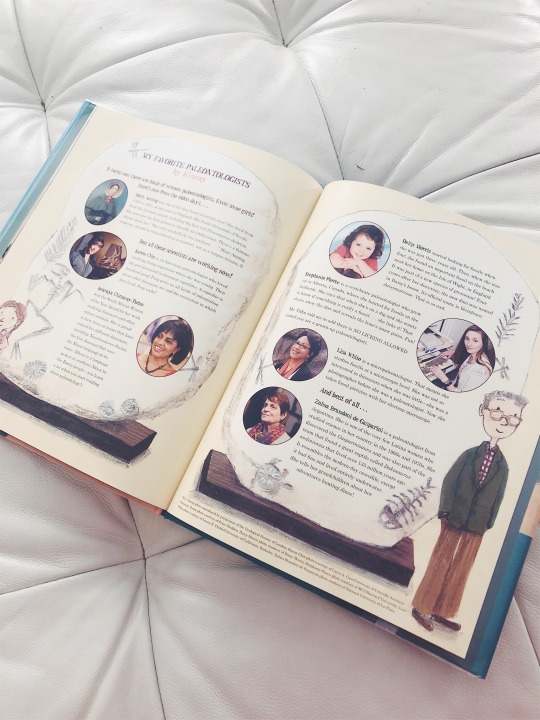
There’s so much educational information about dinosaurs in this book, even I learned a lot from it that I never knew. Personally, I think this book is one that is most powerful, because it’s not only educational, but also shows children that science and dinosaurs and being accomplished isn’t just for one gender: anyone can love and do and be whatever they want to.
3) I Dissent: Ruth Bader Ginsberg Makes Her Mark written by Bebbie Levy and illustrated by Elizabeth Baddeley

This book is obviously a nonfiction biographical book about Ruth Bader Ginsberg’s life from childhood to present day. It’s illustrations are amazing, and it shows beautifully how Justice Ginsberg encountered lots of difficulties—social things like racism and sexism, but also things like the death of her mother and raising a family while going to law school and pursuing a career.

While it focuses a lot on the aspect of female empowerment, it really is a book about standing up for right and injustice in general too.

Even though it’s probably the wordiest of all the books I mention here, that is not at all a bad thing. It has a lot of historical information and even teaches children vocabulary (specifically the terms “dissent,” “concur,” “object,” “protest”—lots of legal and activist terms), and adults can easily find a way to communicate the ideas to young children. I read this to one of my students (a six-year-old girl), and I had to find ways to “shorten and simplify” it a bit for her attention span and understanding. But when I asked her what she learned from the book, she looked up at me, smiled and said through the gap in her mouth where her front teeth should be, “Girls can do ANYTHING.” So I’d say she got the point.
4) The Princess and the Pony written and illustrated by Kate Beaton
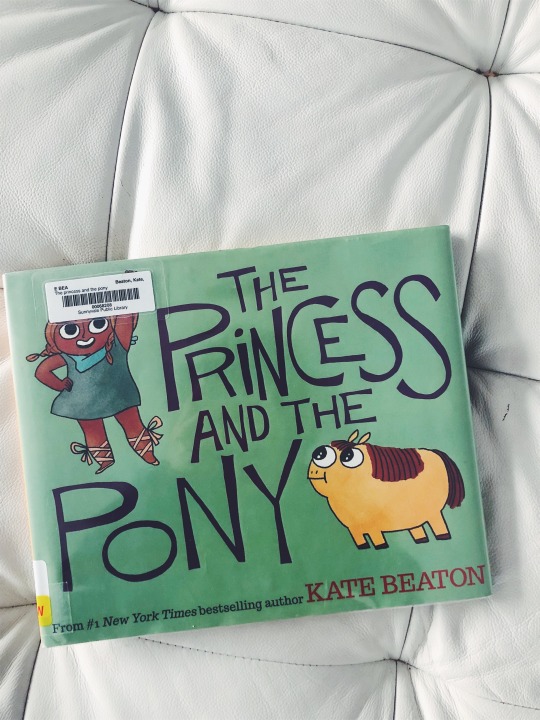
I go to the library literally every day for work, and a librarian approached me a few weeks ago and said, “Have you read The Princess and the Pony?” I am SO glad she suggested it, because it’s become one of my favorites.
The Princess and the Pony tells the story of Princess Pinecone, the smallest princess who wants desperately to be a big strong warrior. But Pinecone feels she is too “cute and cuddly.” “Warriors get fantastic birthday presents,” Beaton writes, “Things that make them feel like champions. Princess Pinecone got a lot of cozy sweaters. Warriors do not need cozy sweaters.” Pinecone tells EVERYONE she wants a strong warrior horse, but instead they give her a round little pony whose eyes sometimes look in two different directions, who eats things it shouldn’t, and farts way too much (not kidding, that’s in the book).


Pinecone tries hard to teach her pony to be a warrior horse, but the little horse just can’t quite get it; nevertheless, she enters a battle and hopes for the best. But instead of fighting and being “awful brutes,” the other warriors fall in love with Princess Pinecone’s cute little pony. They all stop fighting and gush over how cute the pony is. (My favorite is when Huge Harold, who also has eyes that sometimes look in two different directions, exclaims, “Aw, he looks a bit like me!”) When Pinecone says, “This is not how a battle usually goes!” another warrior responds, “You’re right, but we warriors don’t often get to show our cuddly sides.”


Pinecone realizes she can help them get in touch with their cute and cuddly sides, and all of the warriors work together and learn that being a strong warrior doesn’t mean you have to always be “very big and very tough.”
I love this book for a lot of reasons. First of all, this book is HILARIOUS. The illustrations are colorful and well-drawn and comical (especially the pony), and the details in the story itself are so funny. But I also love the subtle representation it offers. For example, Princess Pinecone’s parents are clearly drawn as an interracial couple: her mother has dark hair, skin, and eyes while her dad has light skin, blonde hair, and blue eyes. Pinecone herself is a mix of the two with dark eyes like her mother’s, blonde hair like her father’s, and skin that is a shade in between the two. The warriors themselves are all different shapes, sizes, and colors (in fact, in one illustration, there is a dark-skinned, female warrior in hijab subtly included in the fight). Even Harold’s little remark about how the pony “looks kinda like me” is representation—Harold sees a unique (not bad or funny, but unique) aspect of himself in a way perhaps he’s never seen himself before.
Another thing I love about this book is that unlike the princess in McKenzie’s book or Kimmy in Dinosaur Expert or even the great Ruth Bader Ginsberg herself encountered, there isn’t a clear outside force here: no one tells Pinecone she can’t be a warrior. Her parents support her completely, the warriors never question or make fun of her. The battle Pinecone struggles with is in herself. She thinks she is too small. She thinks she is too “cute and cuddly.” She thinks warriors don’t have the things she has, like cozy sweaters and fat ponies. She thinks these things make her weak. The struggle in Pinecone being a warrior is not one with the world outside of her: it’s an internal struggle with her own self-doubts.
Thankfully, Pinecone learns that warriors don’t have to be what she thinks. And, the other warriors learn this too. They all think that warriors have to be “a bunch of brutes,” as Beaton describes them. They (Pinecone included) think warriors have be tough and rough and always fight in some type of battle. But through Princess Pinecone’s silly little pony, warriors learn they can be cute and cuddly. Warriors can love cozy sweater and chubby ponies. Warriors can be small or big, male or female, and can appear rough or cute. And while I genuinely don’t believe there’s such thing as “girl and boy books” (all books are honestly for everyone), I do think another thing this book is especially good for disturbing the universe of toxic masculinity. It shows that to be strong, you don’t have to be a big tough brute who always fights angrily. It shows that it’s okay to be a warrior and be in touch with your “cuddly side.” It’s okay to wear a cozy sweater. It’s okay to gush over something that’s cute. It’s okay to feel. Through a story about a tiny princess and a farting pony, Beaton illustrates that being a warrior isn’t about your gender or your size or how many battles you partake in: it’s really just about being strong and accepting yourself just the way you are. And that’s a message that everyone needs to hear.
All of these books disturb the universe. These books make readers ask good questions. They cause readers to reevaluate their own ideas and the narrative around them. And they do it as children books. McKenzie’s sweet little princess helps us realize, “Hey, I don’t have to follow a set of rules and be perfect.” We learn along with Kimmy that girls can be scientists too (or whatever else they want). I Dissent shows that there is power in standing up to injustice and teaches toothless first graders “Girls can do ANYTHING.” And The Princess and the Pony shows that there is strength in both the tough and the tender. As I said earlier, these aren’t books just for children. These are messages and themes we all need to hear. All of us, regardless of our age, race, or gender should read these books and allow them to disturb our universe.
#English major#children's literature#children's books#picture books#the princess and the pony#I dissent#dinosaur expert#my rules for being a pretty princess#female empowerment#feminist#feminism#literature#books#book
1 note
·
View note